After the Camps
Invisible Walls
Dreaming of the life that was to come after liberation sustained many during captivity. However, following liberation, it was not always so easy to turn dreams into reality. Former POW Lt. John Poppinger stated in a poem: “It takes a little while to get re-acquainted with Miss Freedom when you haven’t seen her for a long time.” Re-acquaintance with freedom came with marriage, family and careers. These became for some a “myriad of distractions from the nightmare of war.” Some POWs began to meet after the war to talk about their shared experiences, while others buried their time in captivity, trying to put the barbed wire world behind them. Like many other combat stories, POW memoirs emerged only after the distance of time had begun to be bridged. Some returned to narratives composed in the camps, or shortly thereafter, and shaped them into life stories. In other cases, the POW stories remained unread until their authors’ deaths, only discovered by family members after the opportunity for questions was gone. Through these tales and through the discoveries of the next generation, we are able to explore the sufferings and successes of those once known as “Kriegies.”
Perspective: George Vasil

George Vasil, son of Lithuanian immigrants, served with the 8th Air Force as a navigator on a B-17 shot down in April 1943. Vasil spent the remainder of the war in Stalag Luft III and Stalag VIIA. While he was in the camp he celebrated his first wedding anniversary and the birth of his son, who would be two years old before meeting his father. Vasil recorded dreams and plans for his future life in his sketch-filled memoir.
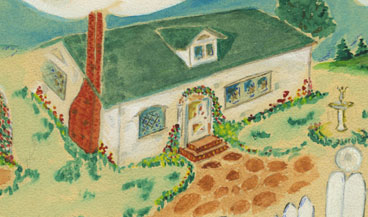
From Memoirs of a Prisoner of War by George S. Vasil.
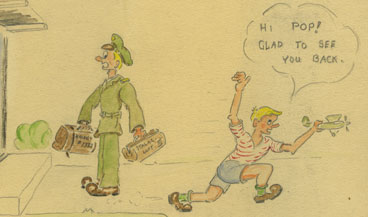
From Memoirs of a Prisoner of War by George S. Vasil.
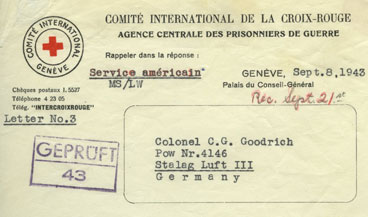
Letter notifying birth of a son from Memoirs of a Prisoner of War by George S. Vasil.
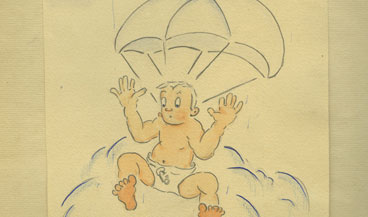
From Memoirs of a Prisoner of War by George S. Vasil.
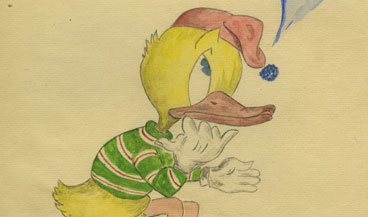
From Memoirs of a Prisoner of War by George S. Vasil.
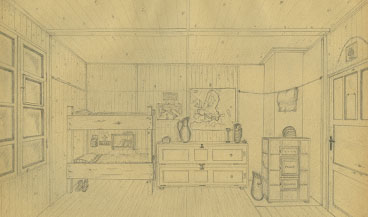
From Memoirs of a Prisoner of War by George S. Vasil.
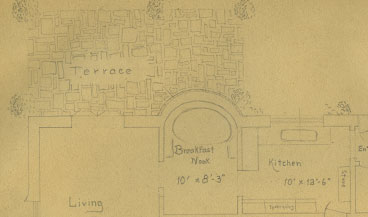
From Memoirs of a Prisoner of War by George S. Vasil.
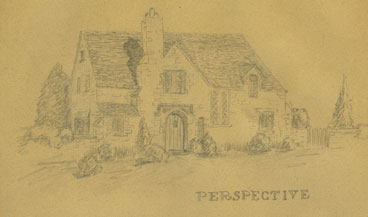
From Memoirs of a Prisoner of War by George S. Vasil.
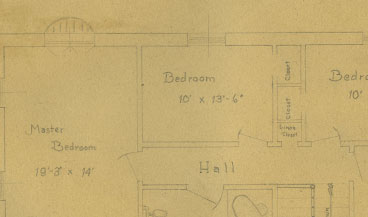
From Memoirs of a Prisoner of War by George S. Vasil.